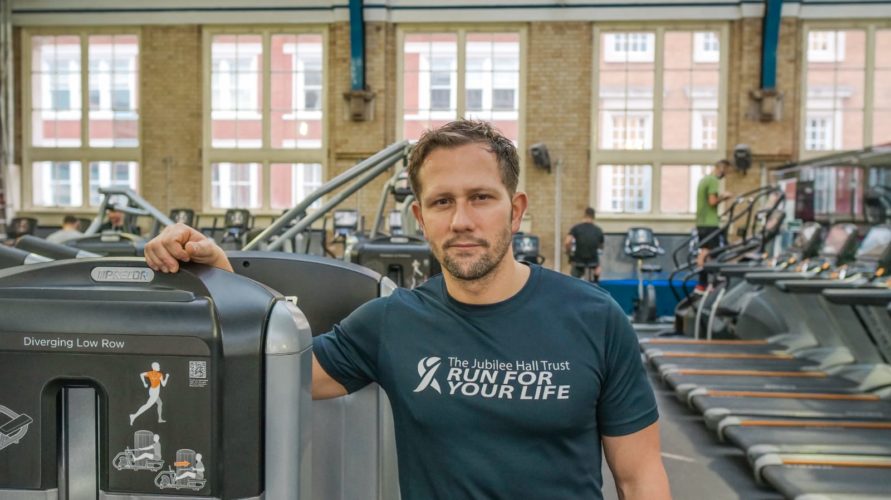Efficient exercise gets results
How much should I exercise during a typical workout session and how many times during the week should I workout?
These are questions I get asked a lot.
It is of course not an easy thing to build up your own workout programme, but it is possible.
For example, there is the internet, which is a great source of information. You can google and search for whatever you want to know online with regard to creating a workout plan; how to get bigger arms, how to develop your chest, how to get leaner, how to get stronger, etc.
When it comes to practise, however, it is a different story.
Over the years, many people have come to me requesting the perfect workout programme, as well as asking what to do to succeed in the gym?
For me, there is a central problem here in that many people seem to be confused by what it means to be fit as a starting principle.
'Fit', for example, is a word that is used everywhere for analogous reasons.
So, let's be clear: To my mind being fit is to be able to perform an exercise utilising good form and to repeat those movements over structured sets without taking too many breaks in-between.
As such, the first thing to bear in mind is that the intensity of your workout session equates to the quality of your exercise.
For example, do you spend 20 minutes on a bench press to do 3-4 sets?
If so, then it is time to change, and to speed up your routine.
Over an hour you should be able to do 7-8 exercises (and this hour should also include the cardio' vascular and abs' elements, as well as a degree of stretching).
To turn these guidelines into a deliverable plan:
For every session, start with a cardio' vascular exercise to set you up mentally and physically for what is to follow.
This can be on the treadmill (achieving a reasonable distance, such as 1-2k, whilst maintaining a good speed), or it can be taken up with rowing or cycling.
For myself, I recommend running, as that is the cardio' vascular exercise that has the most impact.
After that, it is time to hit the gym floor.
For large muscle groups, such as the chest, back or legs, complete 3-4 exercises, which should be enough to cover the whole of these areas.
Within 30 minutes, you should have completed your cardio' and your large muscle group exercises.
From this point move onto a smaller muscle group, such as your biceps, triceps and shoulders.
2-3 exercises should be enough to fulfil this part of the workout brief.
Again, a little cardio' vascular at the end of this part of the workout, plus hitting your abs', should conclude your workout session.
During the week 2-3 such sessions should be enough to cover the whole body.
Then, for the third or fourth session, you can go for a full body workout, applying 2 exercises per muscle.
In addition, every 2-3 weeks you should change the exercise programme by tweaking it here or there to keep your workout focussed and sharp.
For example, after the first 3 weeks doing bench presses with a barbell, change and go for a chest press dumbbell exercise instead, or use a chest press machine.
Plus, keep in mind that the more intense your session the more efficient your results will be, and your metabolism will also be boosted as well.
Finally, in my opinion it is not a good idea to go to the gym every day. This is because your body needs time to recover, so if you do want to exercise more regularly remember that you can swim or run outside, or engage in some other outdoor sport/activities.
A gym is a place to exercise, not a social space primarily designed to meet new people (there are plenty of other places for that!).
When you go onto the gym floor, be efficient and be smart.
Then go home and think about something else.
FΩRMIdea London, 14th December 2017.














